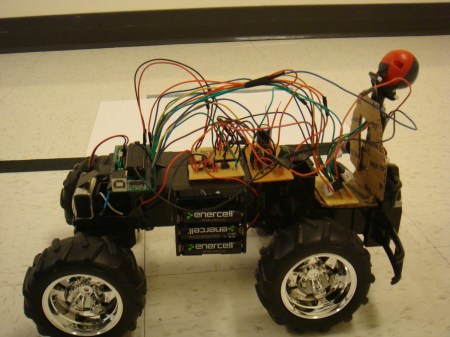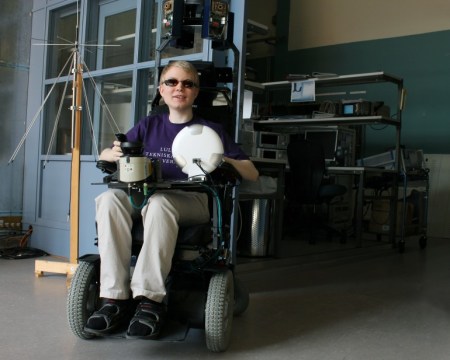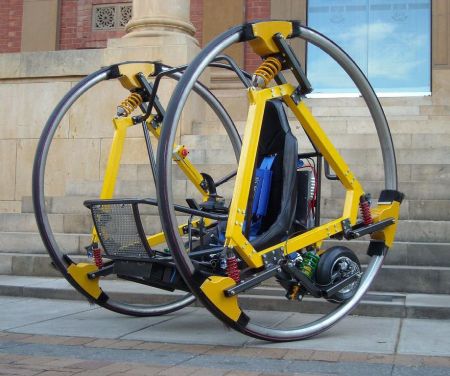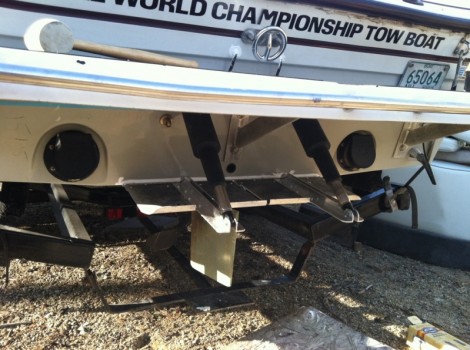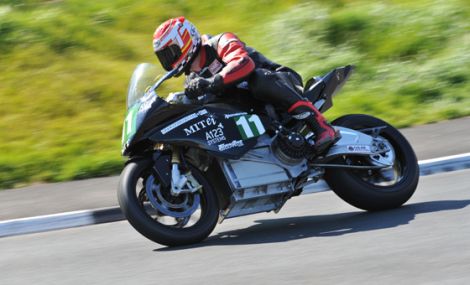
While the Isle of Man typically plays host to an array of gas-powered superbikes screaming through villages and mountain passes at unbelievable speeds, the island’s TT Race is a bit different. Introduced in 2009 to offer a greener alternative to the traditional motorcycle race, organizers opened up the course to electric bikes of all kinds. In order to entice participants, they even put a £10k prize on the line for the first bike that completes the race with an average speed of 100 miles per hour or faster. While no one has claimed the prize just yet, that didn’t stop the MIT Electric Vehicle team from tossing their hat into the ring this year.
Their entry into the race is the brainchild of PhD student [Lennon Rodgers] and his team of undergrads. They first designed a rough model of the motorcycle they wanted to build in CAD, and through a professor at MIT sourced some custom-made batteries for their bike. Through a series of fortunate events, the team found themselves in front of BMW management, who donated an S1000RR racing bike to the project. After a good number of alterations, including the addition of an Arduino to control the bike, they were ready for race day.
While the team didn’t take the checkered flag, they did finish the race in 4th place. Their bike managed to complete the course with an average speed of 79 mph, which isn’t bad according to [Rodgers]. He says that for their first time out, he’s happy that they finished at all, which is not something every team can claim.

